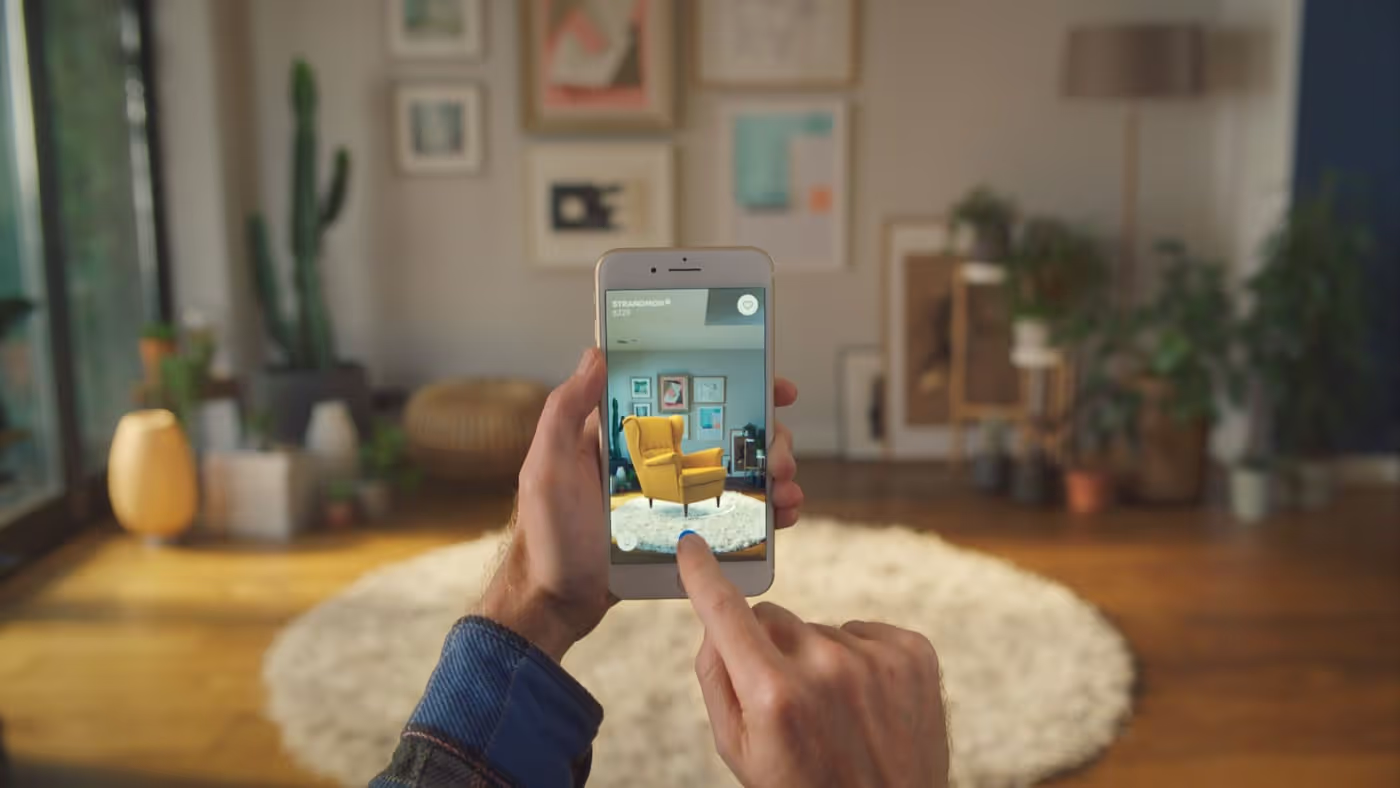1. Personalisation and Micro-Segmentation
Brands are increasingly using data to deliver personalised experiences tailored to micro-segments of their audience. For instance, Moosejaw is personalising site content based on user personas, and Masterclass is offering individualised video curricula based on user goals. This approach not only enhances user engagement but also drives emotional connections with the brand.

2. Community Building for Brand Loyalty
Building strong brand communities is a trend that's gaining momentum. Companies like Lululemon and Glossier are fostering communities around shared values and lifestyles, which not only boosts customer loyalty but also turns community members into brand advocates. This strategy is proving effective in driving both engagement and sales.
3. Experiential Retail Innovations
Experiential retail is redefining the shopping experience. Brands are transforming physical stores into immersive environments that offer more than just products. Warby Parker’s bookstore-inspired shops and Casper’s experiential mattress stores are prime examples of this trend, providing unique in-store experiences that enhance brand connection.
4. Sonic Branding
Sonic branding is becoming a critical element in creating brand identity. Brands are using sound to evoke emotions and build deeper connections with audiences. Examples include McDonald's iconic jingle and Tubi’s recent integration of a sonic logo. This trend highlights the power of audio elements in branding strategies.
5. Sustainability and Eco-Friendly Practices
Sustainability continues to be a major focus for brands. Consumers are increasingly favouring brands that adopt eco-friendly practices. This shift is evident in packaging design and overall brand strategy, with companies making substantial efforts to reduce their environmental impact. For instance, brands are using a broader color palette inspired by nature to reflect their sustainability efforts.
6. Maximalism in Design
There's a noticeable shift from minimalism to maximalism in brand design. Brands are embracing bold colors, intricate patterns, and expressive styles to stand out. This trend allows brands to make a more vibrant and memorable statement, moving away from the simplicity of minimalism to more character-rich designs.
7. Augmented Reality (AR) and Virtual Reality (VR)
AR and VR technologies are revolutionising how consumers interact with brands. IKEA’s AR app, "IKEA Place," lets users visualise products in their homes, enhancing the shopping experience and building confidence in their purchases. These technologies offer unique, interactive experiences that set brands apart in a competitive market.

8. Collaborative Branding
Collaborations between brands and celebrities or influencers continue to be a powerful strategy. A notable example is the collaboration between Kendall Jenner's 818 Tequila and Emma Chamberlain's Chamberlain Coffee on an Espresso Martini Kit. Such partnerships not only generate buzz but also create lasting relationships with consumers by aligning with high-profile personalities.







.svg)


.svg)
.svg)






